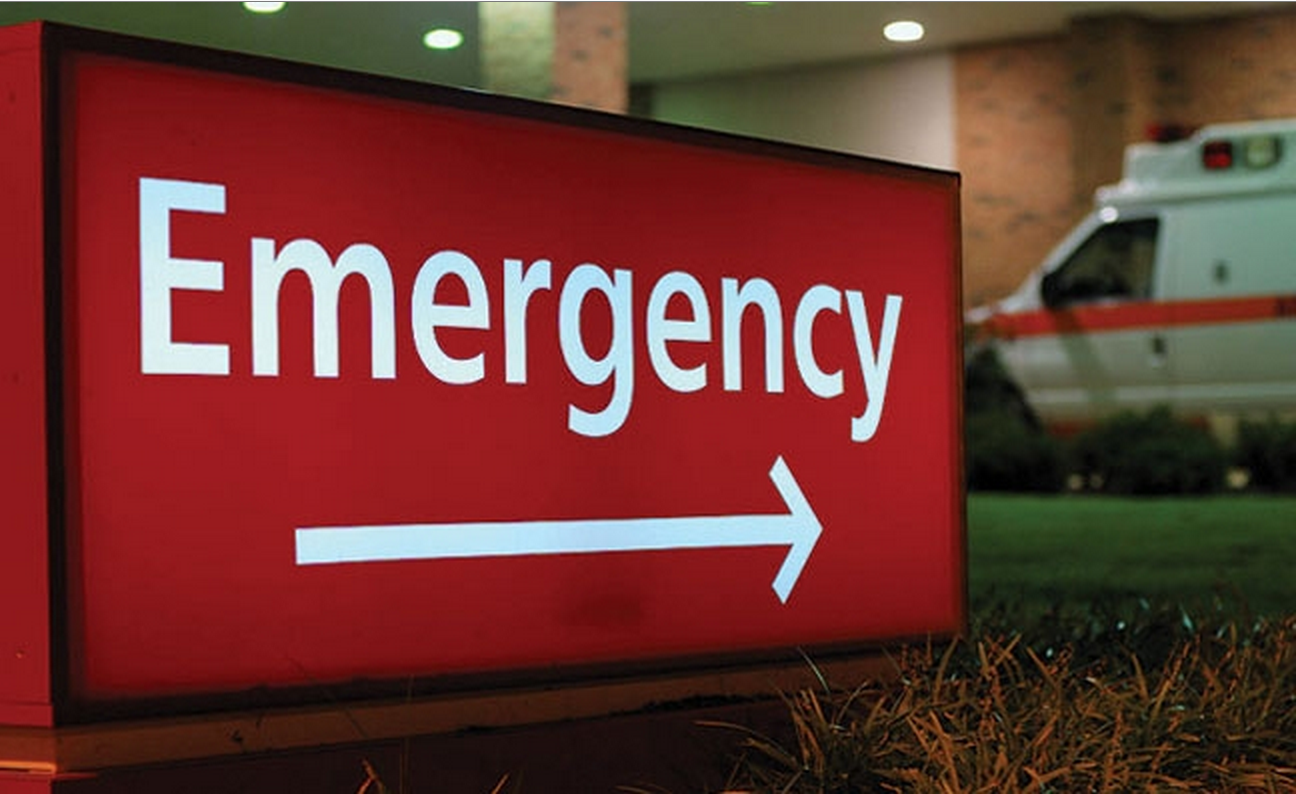Nobody likes going to the emergency department, but it’s reassuring to know that its there if we need it. New research from the Trans PULSE study, one of the longest running community-academic partnerships in research in the province, however, found that 21 percent of transgender, transsexual, or transitioned (trans) Ontarians reported avoiding the emergency department, even when they felt that they needed urgent care.
For the trans community, having negative emergency department experiences appears to be common, with 52 percent reporting a trans-specific negative experience. A third reported experiencing hurtful or insulting language and 31 percent were told that their provider didn’t know enough to be able to provide care for them. Over a quarter reported that their provider thought the gender listed on their ID was a mistake and almost one in five reported that their provider refused to discuss trans-related concerns. And, most alarming, 10 percent reported that their provider either refused to see them or ended care because they were trans.
That discrimination is so common in emergency departments explains why so many trans people avoid using these facilities even when they need urgent care. Discrimination not only has the effect of creating negative experiences with the health care system, it also prevents trans people from using health care services at all.
Discrimination among health care providers cannot be tolerated. Trans Ontarians need providers to respect their gender identity, to address them using the name and gender pronoun of their choosing, and to provide them with care. In Toronto, the Mount Sinai Hospital Are You An ALLY program explains the impact of discrimination in a health care setting and supports hospital employees to create a discrimination-free environment. Anti-discrimination policies that are backed up by action must be the norm in all health care facilities.
Health care facilities can work to eliminate discrimination against trans people by establishing clear policies on the level of care that every patient can expect to receive. Anti-oppression training and education for health care providers about treating a diverse range of patients is critical. Trans PULSE reports that medical education curricula are generally lacking in trans-specific content, but guidelines for trans-inclusivity in clinical settings exist. Hospitals and other health care providers need to incorporate the specific needs of the populations that they serve into their planning. For example, providing appropriate care for trans people may mean ensuring that all ED staff are aware of the trans-inclusive guidelines and receive training in gender transition-related care.
There is also a need to act on multiple and overlapping barriers to care. For example, a previous Trans PULSE study found that trans Ontarians experienced high levels of poverty; the links between having low income and poor health are well established. So, in addition to providing better care we also need to look upstream to address why the underlying reasons why populations experience poorer health. The social and economic status of trans people is too commonly overlooked.
Gender is an important social determinant of health. The Trans PULSE study shows why health care providers and decision makers need to plan and deliver policies and services that meet the needs of all genders.
